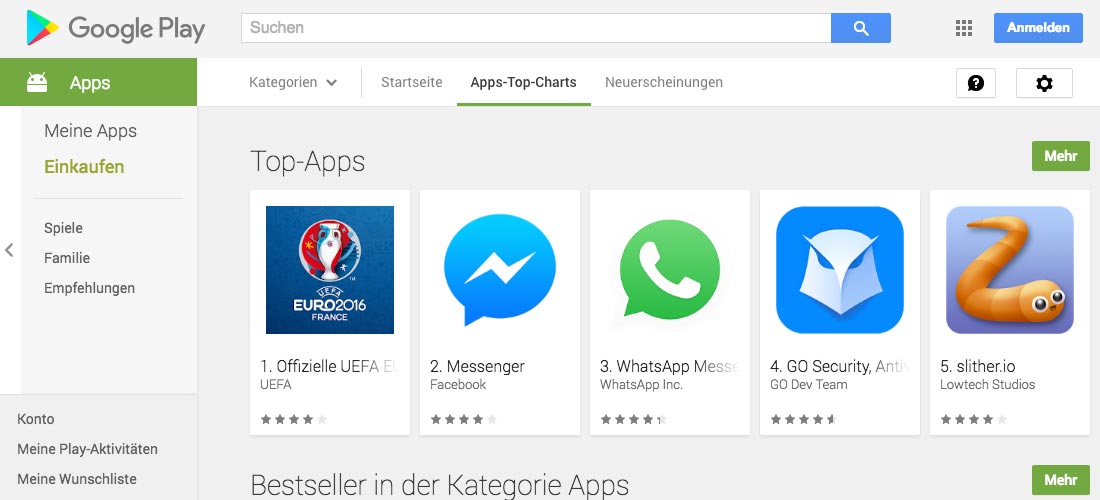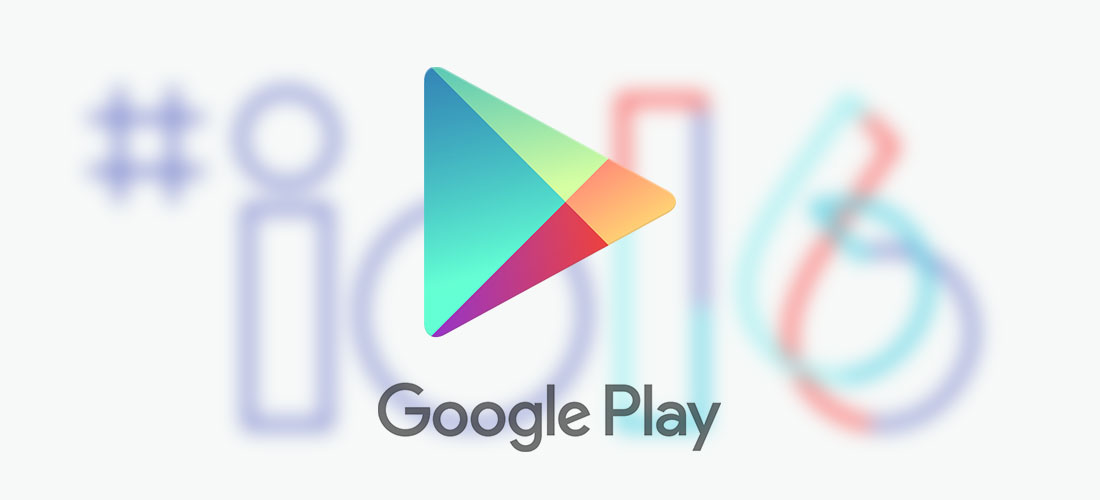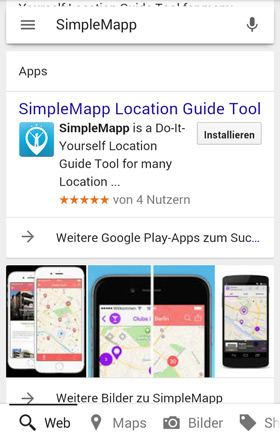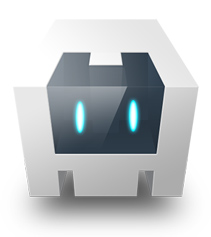App-Updates mit gestaffelten Einführungen zu veröffentlichen ist ein sehr nützliches Feature im Google Play Store. Was bedeutet es aber genau?
Manchmal will man ein APK-Update für Android Apps nicht gleich an alle User verteilen. Das kann mehrere Gründe haben. Auch wenn die App sehr gut getestet ist, bleibt immer ein gewisses Restrisiko, dass es z.B. Kompatibilitätsprobleme mit gewissen Geräten gibt, oder dass es Abstürze oder ANRs (Application Not Responding) gibt. Dieses Risiko kann man minimieren, indem man die App zuerst nur für z.B. 10% aller User ausrollt. Oder man will ein neues Feature ausrollen, und zuerst das Feedback von einer Teilgruppe aller User einholen. Hier wäre allerdings zu überlegen, ob A/B Tests nicht die geeignetere Variante sind.







 In general, Cordova is a really clever way to build your Apps for more than just one operating-system, and if you are intending to write an App that will eventually run on multiply operating-systems, Cordova can be a really good solution in order not to get your hands dirty with each operating-system’s native code. This is an option you should really consider, after you decided what is it you exactly need in your App and what is the best way to implement it.
In general, Cordova is a really clever way to build your Apps for more than just one operating-system, and if you are intending to write an App that will eventually run on multiply operating-systems, Cordova can be a really good solution in order not to get your hands dirty with each operating-system’s native code. This is an option you should really consider, after you decided what is it you exactly need in your App and what is the best way to implement it.